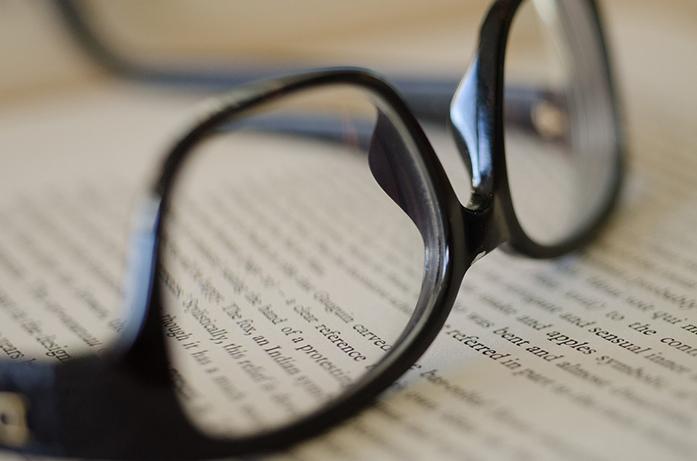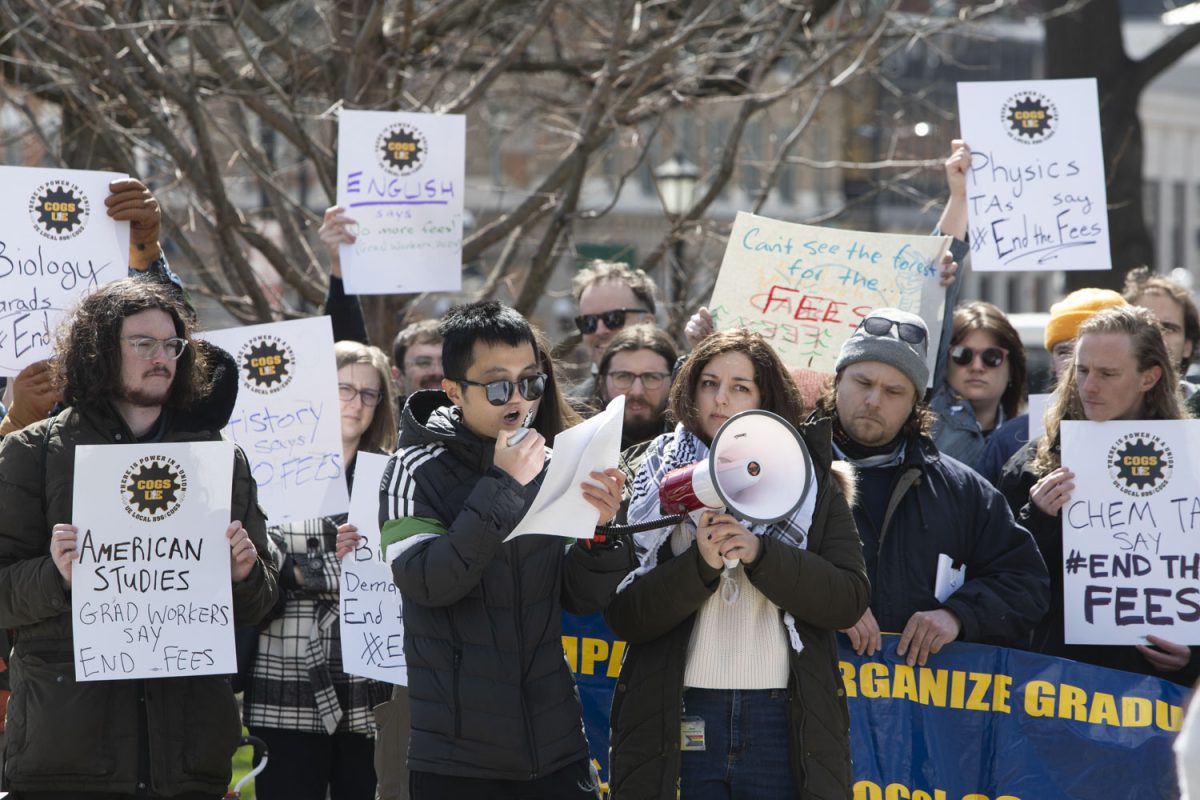Asian-Americans are often stereotyped as the “model minority” — a hardworking, intelligent, and obedient group that exemplifies the American Dream. A recent Pew Research Center study not only deemed Asian-Americans “the highest income, best-educated racial group in the U.S.,” but also “more satisfied than the general public with their lives.” But while these statistics may be true for Asian-Americans as a whole, taking a closer look at the distinctions among Asian-American ethnicities tells a different story.
When I was in K-12 school, many of my classmates thought my racial background put me at an academic advantage. I can’t tell you how many times I’ve gotten an A on a test and had a peer tell me, “It’s because you’re Asian.” But the fact is, Asians aren’t naturally more intelligent than other races — we don’t get our brain power from soy-sauce packets. Instead, the large population of highly skilled and educated Asian-Americans can be easily explained by the U.S. 1965 Immigration Act and H1B1 visas that have — you guessed it — privileged highly skilled and educated Asian immigrants. That being said, not all Asian-Americans are immigrants or descendants of them. Many Cambodian, Laotian, Hmong, Vietnamese, Iraqi, and Afghan-Americans came to the U.S. as refugees as a result of wars and persecution. Fleeing their homes with little resources, this has resulted in systemic poverty in these communities, as well as low graduation rates and low English proficiency.
Numbers can be deceiving. Because Asian-American immigrants and refugees are homogenized in one demographic, disadvantaged Southeast Asian-Americans often go unnoticed in education initiatives. According to the Southeast Asian Resource Center, 85.3 percent of Americans ages 25 and over hold a high-school diploma, but only 61.5 percent of Cambodian, 61.7 percent of Hmong, 62.5 percent of Laotian, and 70 percent of Vietnamese Americans can say the same. Disaggregated data of poverty rates also reveal how homogenized Asian-American data is greatly skewed upward. According to the U.S. Census Bureau, the poverty rate for Asian-Americans is 11.4 percent, lower than the 13.5 percent national average. But year-year estimates from the Demographic Data & Policy Research On Asian Americans and Pacific Islanders show vast discrepancies among ethnic groups. For example, the poverty rate among Indian, Japanese, and Filipino-Americans are very low (8.47 percent, 8.44 percent, and 6.44 percent, respectively). But poverty rates for many other groups are above the national rate. Vietnamese-Americans are at 13.91 percent. Cambodian-Americans are at 18.82 percent. Hmong-Americans are at 27.03 percent.
What’s so harmful about a seemingly positive stereotype? The answer is, quite a bit, if you don’t fit it. Because Asian-Americans are homogenized as one group of highly successful people, issues of poverty and low academic success in Southeast Asian communities are often ignored in political discourse. As a result, they are not provided the resources and services they need to prosper as citizens. And the stereotype doesn’t just hurt Asian-Americans — it hurts other people of color as well. Because Asian-Americans are looked to as the “model minority,” they are often used as a scapegoat for racism deniers. During a segment on his since-canceled show “The O’Reilly Factor,” conservative commentator Bill O’Reilly used U.S. Census Bureau statistics on Asian-Americans to “prove” the nonexistence of racism in America. In reference to African-Americans, he claimed, “The reason is not skin color; it’s education … only a message of personal responsibility can turn things around.” Like many other Americans, O’Reilly has bought into the myth that Asian-Americans have overcome racism, using it as a dangerous tool to blame other people of color for not doing the same.









